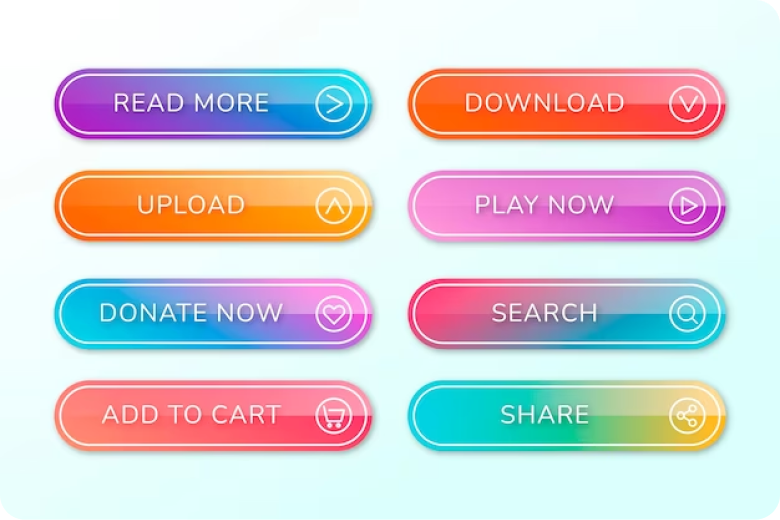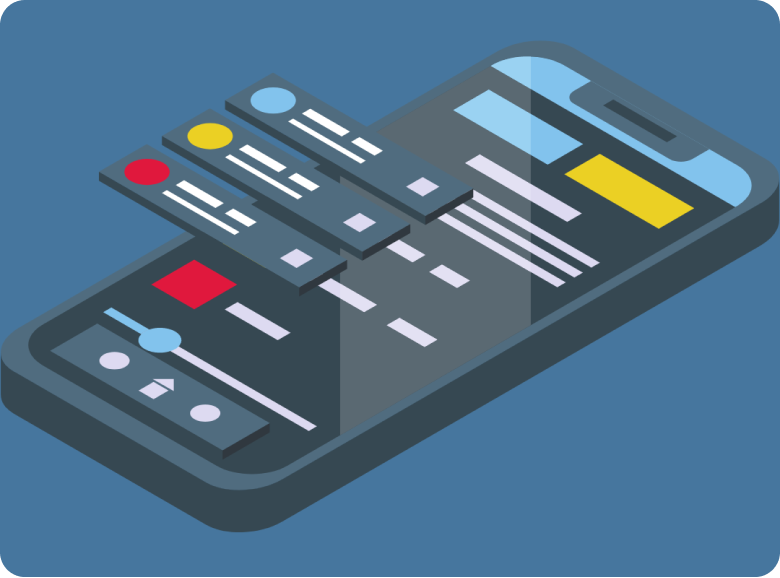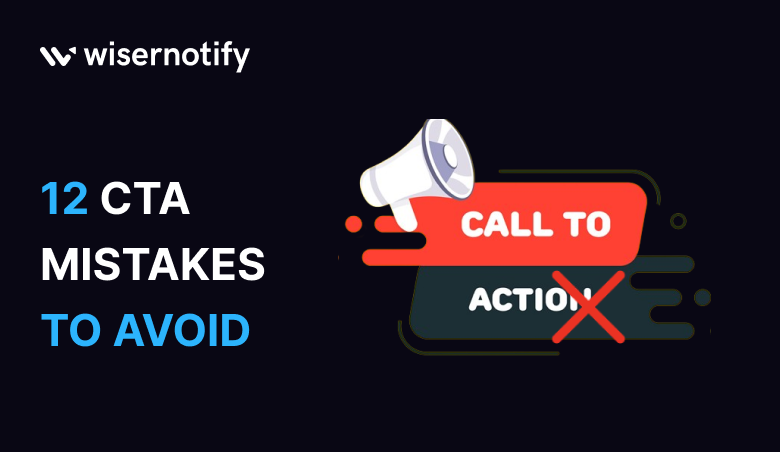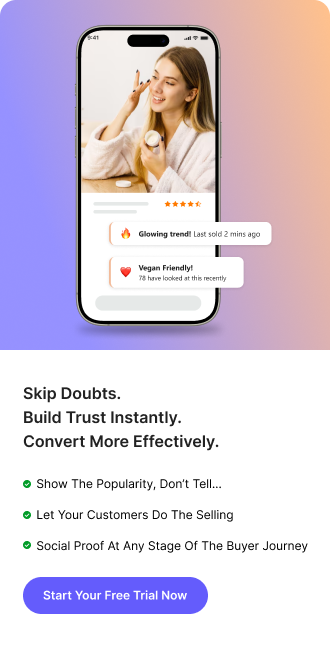Call to action is an important key element that makes or breaks your conversion efforts.
You may have a well-designed website or landing page and eye-catching content, but unoptimized calls to action can be a costlier mistake.
If your CTA button fails to guide users to take action, you could drive away opportunities to convert leads.
These small elements make you click and convince them of your offer, so it’s important to avoid silly mistakes that could seriously harm CTAs’ click-through rates.
This blog post will highlight common mistakes most businesses make when creating calls to action and improving conversion rates.
Let’s dive in…
Start Free Trial
Highlight real-time activities like reviews, sales & sign-ups.
The Critical Role of CTAs
The call to action (CTA) is crucial in converting website visitors into potential customers.
It directs visitors toward the desired action, ultimately driving conversions and achieving your business objectives.
By strategically placing CTAs throughout the content, landing pages, social media posts, emails, and advertisements, you can guide users toward the action, such as making a purchase, signing up for a newsletter, or downloading a free eBook.
Moreover, CTAs are the bridge that links the buyer’s journey with the relevant actions and ensures a smooth customer experience for the users.
Understanding the Power of a Well-Crafted CTA
A CTA copy aims to create a positive impact and increase the chances of visitors taking the next step in the conversion funnel and increase conversion rates.
A well-crafted CTA stands out visually, using compelling language, and creates a sense of urgency to make users immediately act.
CTAs are the bridge between attracting visitors and converting them into customers.
Without CTAs, visitors might leave without taking any desired action, resulting in a conversion loss and grabbing more leads.
Related: 30+ Lead Generation CTA Examples To Learn From
You can add more than one CTA to improve your business’s conversion rate and sales cycle.
Here are common mistakes of CTA –
Summary of 12 CTA mistakes
- Using generic CTA text
- Overloading pages with multiple calls to action
- Poor Placement of the CTA button
- Failing to differentiate primary cta from secondary
- Neglecting mobile users in CTA design
- Ignoring Sales Funnel
- Lacking a Clear Value Proposition
- Missing Out A/B testing of different CTA versions
- Forgetting to update CTA
- Designing CTAs That Blend into the Background
- Using the Same CTA Across All Marketing Materials
- Not Leveraging Social Proof or Urgency
Now, let’s examine the common mistakes when crafting a CTA.
12 Common CTA Mistakes and How to Avoid Them
Here are some common CTA mistakes to avoid when designing and creating CTAs.
1. Using Vague or Generic CTA Text

The unclear language in text like “Click here” or “Submit” can confuse your potential leads.
This doesn’t tell the visitor what will happen next if they decide to click the button, leaving users unsure what action to take.
The CTA wording must be clear to tell potential customers the next action to take and communicate how visitors will benefit from it.
For example, “Download our free ebook now,” grabs their attention and triggers their emotions to click on the button.
Related: 20+ Killer Call to Action Examples
Either a clear statement or an obvious result should come before the CTA to give them clarity as to why they should click.
Create a sense of urgency using a limited-time offer and boost your conversion, making customers act quickly.
2. Overloading Pages with Too Many CTAs

A prominent CTA button instructs visitors to take a single action.
Regarding CTAs, there should be a balance between quality and quantity.
Multiple CTAs within a piece of content can effectively guide users toward different actions based on their interests.
However, these multiple calls to action must be posted strategically to avoid overwhelming the audience.
Offering too many CTA on a single page without a strategy can overwhelm users, who might leave before taking action.
So, you must give them clear action and highlight it prominently.
Moreover, placing too many CTA close together can create a cluttered user experience and make it challenging for the users to determine which action to take first.
Too few CTAs or too many calls to action can bring poor results for your marketing campaigns, and that common mistake can lead to poor user behavior.
Strategically use multiple CTAs and avoid common mistakes to maintain a positive user experience.
3. Placing CTAs Where Users Can’t Easily Find Them
Bold colors and design are not enough; placing the CTA in the right place is essential to grab audiences’ attention and improve its performance.
Don’t make it hard for customers to find your CTA, or they might lose interest and leave.
When it comes to placing CTAs, make sure they are easily noticeable and stand out from the rest of the content.
This will motivate users to take action.
You can use a text link or a CTA button to make them eye-catching and stand out on the rest of the page.
You can grab their attention by using them above the fold, sidebar cta, or popups.
Must Read: 10 Impactful Push Notification CTA Examples to Use in 2024
Moreover, make use of white space, size, and optimization for different devices to better focus on it and avoid confusion in visitors’ minds, leading them to what they want.
4. Failing to Differentiate Primary from Secondary CTAs
You might be using multiple CTAs depending on your marketing goals, but make sure to highlight your primary call to action to reduce the confusion for your customers.
When using multiple calls to action, ensure customers get clear guidance on which action to prioritize.
Differentiating between primary CTAs and secondary ones, users understand the hierarchy of actions and may offer alternative options or additional information that supports the primary goal.
Clearly distinguishing the primary and secondary CTA helps users understand the intent behind the action, increasing the likelihood of conversion and improving user experience.
5. Neglecting Mobile Users in CTA Design

With mobile search gaining popularity, neglecting mobile traffic can significantly impact the effectiveness of your calls to action and lead to missed opportunities.
That means it’s important to make your CTA mobile-friendly and provide an awful website experience.
CTAs that are too small, clustered, or difficult to tap can frustrate mobile users and diminish your website’s experience on mobile devices.
Moreover, ensure that your CTA buttons are large and responsive, adapting seamlessly to different sizes and resolutions, making them easily accessible, readable, and actionable across all devices.
6. Ignoring the Sales Funnel Stage
If someone visits the product pages, they’re probably a bit further in the sales funnel stage, ready to purchase and not exploring blog content.
You will miss the opportunity if the CTA on the product page is irrelevant or uses the wrong words, such as “Visit our social media.”
Related: 150+ Powerful Call to Action Phrases for Conversion in 2024
Most businesses focus too much on one conversion path; instead, if focused on different conversion paths can increase the chances of closing more deals.
Instead, make sure it’s more purchase-oriented, like free trials or coupons, to encourage them to purchase or sign up.
The CTA should clearly state the action relevant to the sales stage, and using the wrong can make them leave without any action.
7. Lacking a Clear Value Proposition
Another CTA mistake is not effectively conveying the value or benefits the user gains from taking the action.
It should clearly articulate what users will gain by clicking or engaging with it.
For instance, a CTA “click here” doesn’t highlight any value proposition for the user.
While “Unlock Exclusive Offer” communicates the unique benefits and value that a product or service offers to the target audience.
It addresses the pain points and outlines why customers should click the CTA button over alternatives.
8. Missing Out on A/B Testing CTA Variations
Your CTA is not a one-time thing, and you should not assume it will work well without testing and measuring the performance.
Make sure to test the design, Placement, and copy of your calls to action to find the best for you.
The different sizes, colors, shapes, and wording can affect the visitor’s response, and you might miss the opportunity to convert them into customers.
Use tools like Google Analytics or other A/B testing tools to test different variations of your CTA and make it more effective.
Related: 10 Best Call To Action Tools to Help Raise Conversions
9. Forgetting to Update or Refresh CTAs
CTAs become irrelevant as you update content or your marketing goal changes.
If you don’t update your existing one, it becomes ineffective over time, and users might simply ignore the irrelevant CTA, leading to a lower conversion rate.
Make sure to refresh CTAs or craft a new CTA over time with the market change, user behavior, or your business goal change to make sure they remain relevant and compelling.
10. Designing CTAs That Blend into the Background.
Some designers make the CTA button look similar to your website background, making it blend with the content and other elements.
If your CTA blends too much with the background and other elements, it might go unnoticed.
To prevent this mistake, make sure your CTA really stands out from the other elements and background of your website.
Use different colors for hyperlinks, bold typography, or visual elements that make your CTA visually distinct.
Further, make sure to position your CTA button at a prominent location where visitors can notice it easily and take action.
11. Using the Same CTA Across All Marketing Materials
Every marketing channel caters to different audiences with varying needs and preferences.
However, not all CTAs work the same on different marketing channels, so it’s important to tailor your CTAs to the specific channel.
For example, the CTAs that work well in an email campaign may not be as effective on social media or a landing page.
To make sure the CTA is effective, consider factors such as user intent, platform feature, stage of the customer journey, and context of the channel.
12. Not Leveraging Social Proof or Urgency.
Not leveraging social proof or urgency can be a missed opportunity to drive conversion and turn visitors into customers.
Social proof can significantly influence people’s decision-making process; by leveraging social proof – you can build trust and credibility and encourage them to take action.
On the other hand, adding a sense of urgency through time-limited offers, stock availability, or countdown times can motivate users to take immediate action.
Remember, social proof is a powerful tool to tap into customer emotions and influence them to take action.
Start Free Trial
Highlight real-time activities like reviews, sales & sign-ups.
Improving Your CTA Strategy
When crafting an effective CTA, make sure to examine your audience, marketing goals, and messaging that increases conversion rates and generates more leads.
Here are some tips to follow:
- Keep it clear and concise
- Use action-oriented language
- Create a sense of urgency
- Leverage social proof Tools
- Make it visually appealing
Leveraging Analytics to Inform CTA Optimization
Leveraging analytics can help you optimize CTAs effectively.
Here’s how you can use analytics to inform your CTA optimization strategy:
- Using analytic tools such as Google Analytics provides critical information such as user behavior, including bounce rate, click-through rates, conversion rates, and more.
- Conduct A/B testing to compare different variations and choose the best one.
- Analyze the conversion funnel to identify the critical touchpoints and improve conversion rates.
- Monitor trends and patterns in CTA performance over time to identify any changes and optimize it accordingly.
- Leveraging analytics can offer valuable insights to optimize CTAs and bring business success.
Incorporating Feedback Loops into CTA Development
User feedback is invaluable and helps you improve your CTA strategy by aligning it with the user’s expectations.
Here are a few ways how feedback can help:
- It helps you to identify where CTAs are unclear or ineffective by addressing their pain points and enhancing user experience.
- Gathering feedback from users can help you understand their pain points, preferences, and needs to align better and motivate them.
- A/B testing provides insights into performance metrics and understands users’ behavior to click or leave.
Feedback can ensure CTAs resonate with your audience to drive them to take desired actions and contribute to overall business success.
Conclusion
Every CTA offers an opportunity to influence and attract the audience to take the desired action.
The most common mistakes that we have pointed out are avoidable and increase your chances of grabbing the customer’s attention.
Every touchpoint with your customer matters, from designing CTAs on the website, landing pages, social platforms, or other marketing channels, is an opportunity to connect and guide them to take action.
Each mistake discussed offers clarity on how you can avoid and craft a compelling CTA that helps you achieve business goals, sales, and conversions.








